Top owners are quitting horse racing because bookmakers nervous of a government and a Gambling Commission that know remarkably little about the horse-racing industry and ignore even the modicum they do know are making it harder and harder for them to have a significant bet, closing the accounts of those who refuse to acquiesce to ever more intrusive demands about their personal finances. The biggest bets, though, are made without interference from officialdom by those who buy unridden, untested and expensive racehorses before they ever set foot on a racecourse purely on their looks and their breeding. Some 12,000 thoroughbreds are born each year in Britain and Ireland and at the Newmarket October Sales alone, the background to Felix Francis’s latest novel No Reserve (Zaffre, £20), some 1,500 yearlings a year go under the auctioneer’s hammer making a total not far short of 200 million guineas.
In a foreword to his latest page-turner about skulduggery in the equine world, Felix notes that in 2016 the American colt Justify was bought as a yearling at Keeneland for $500,000. Justify’s six successes in six races included the US Triple Crown of the Kentucky Derby, the Preakness and the Belmont Stakes, earning him $3.8 million in stakes. That sum will be dwarfed by the $150 million he is likely to earn over 15 years as a sire, making him worth six times his own weight in gold.
But not every deal in that high-stakes world works out so well. In 1983, when Sheikh Mohammed’s Darley empire and the Irish-based Coolmore team led by John Magnier were vying crazily for the most valuable bloodstock, a son of the great Northern Dancer called Snaafi Dancer entered the ring at the Fasig-Tipton sales. As the bidding hit eight figures, the electronic scoreboard couldn’t cope any more and the lights went out. The colt was sold eventually to Sheikh Mohammed for $10.3 million. Snaafi Dancer went into training with the late John Dunlop who concluded that ‘he was a rather sweet little horse but unfortunately he was no bloody good’. Painfully slow, Snaafi Dancer never made it to the racetrack and despite his encouraging bloodlines he proved no use either at stud, producing just four undistinguished foals.
No Reserve opens with the sale of a colt for three million guineas. I don’t want to give away the plot for those who will enjoy the ensuing 300 pages on an international flight or a holiday deckchair, but I can say that it includes a mysterious horse death, a dodgy relationship between a trainer and a bloodstock agent and a struggle by the hero to prove he did not commit murder and to win his way into the heart of Janis from accounts. On the romance element I am not sure that Felix would make it as a replacement Barbara Cartland. But as with his father’s original ‘Dick Francis novels’ – and it is endearing as well as proven good branding that Felix still attaches that subtitle to his own works 17 novels on – the appeal is not just in the pacy blood and thunder of the horsey world but in the authentic background detail. In the past that has increased readers’ knowledge of, say, weather forecasting, gemstone dealing or photography. This time we learn about the intricacies of the horse-buying world as would-be purchasers check out sales prospects using, among other things, 32 X-rays of their leg joints. We discover how dead horses are disposed of. We are taken into the finer details of VAT fraud and even introduced to the key beliefs of Buddhism.
But what No Reserve reminds us is that skulduggery among a minority of bloodstock agents has been a matter of fact as well as fiction. In only 2019 former detective superintendent Justin Felice investigated on behalf of the British Horseracing Authority and found practices ranging from the immoral and deceitful to the potentially criminal. There was secret profiteering with agents, unbeknown to the principal, representing two sides of the same transaction. There were demands for ‘luck money’ from vendors with the implication that there would be no further business unless it was paid and there were arrangements for the artificial bidding up of prices at the sales. At the time he investigated, the Federation of Bloodstock Agents had a voluntary code of practice but while many Felice spoke to confirmed malpractices not one official complaint had been recorded. Some agents were not even members of the FBA. Felice stated: ‘In practice the bloodstock industry is not being regulated in any meaningful sense.’ The self-regulating model, he argued, was not fit for purpose and he urged a thorough overhaul with all agents licensed and the BHA put in charge.
Some action has followed. A new Bloodstock Industry Forum has been set up, including representatives of trainers, owners, agents and the BHA. In 2021 the BIF set out a new code of practice. Robust action or fudge? The test will be whether any real-life rogues end up getting their just deserts like those in a Felix Francis novel.
Got something to add? Join the discussion and comment below.
Get 10 issues for just $10
Subscribe to The Spectator Australia today for the next 10 magazine issues, plus full online access, for just $10.
You might disagree with half of it, but you’ll enjoy reading all of it. Try your first month for free, then just $2 a week for the remainder of your first year.

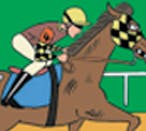
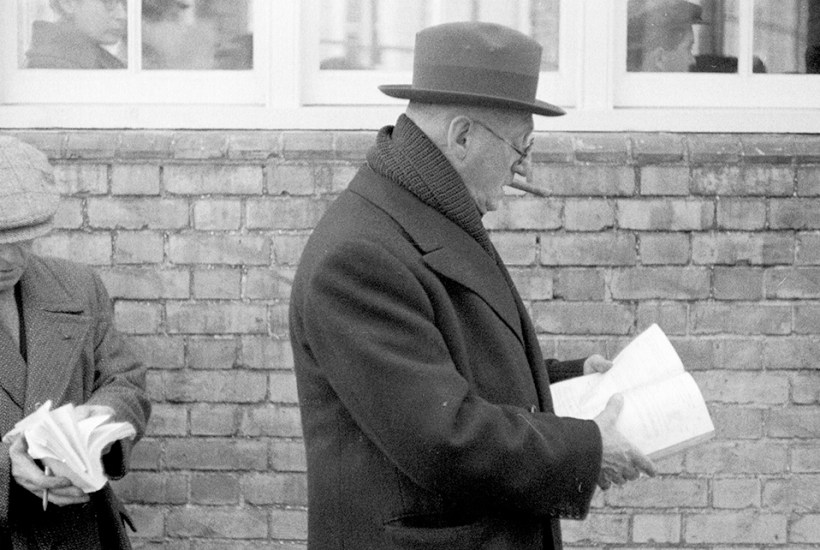
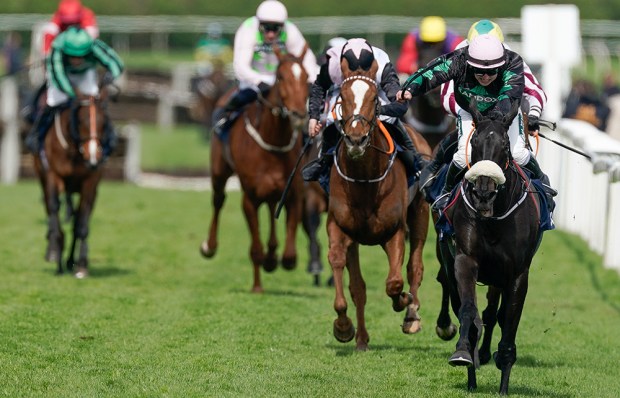
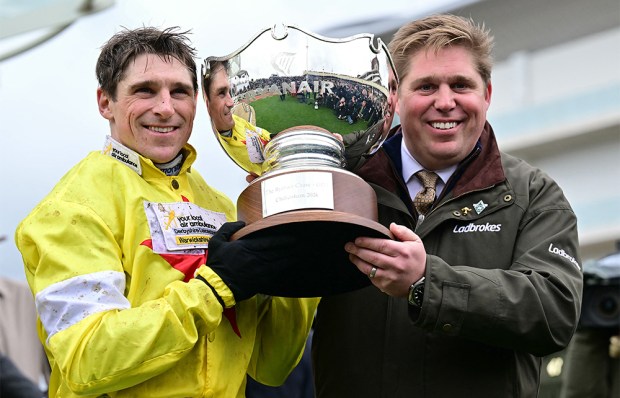
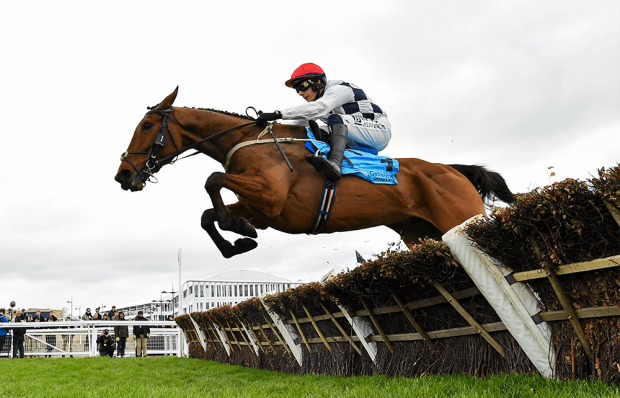
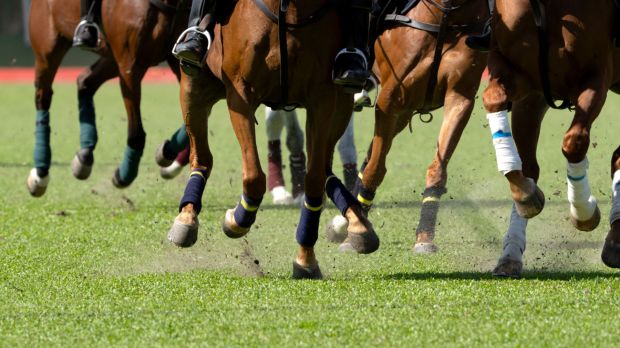

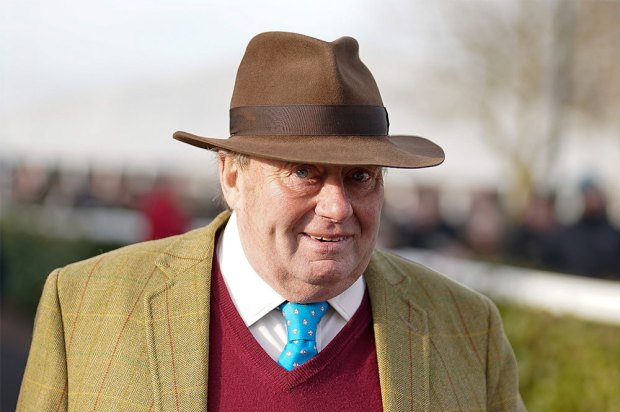






Comments
Don't miss out
Join the conversation with other Spectator Australia readers. Subscribe to leave a comment.
SUBSCRIBEAlready a subscriber? Log in